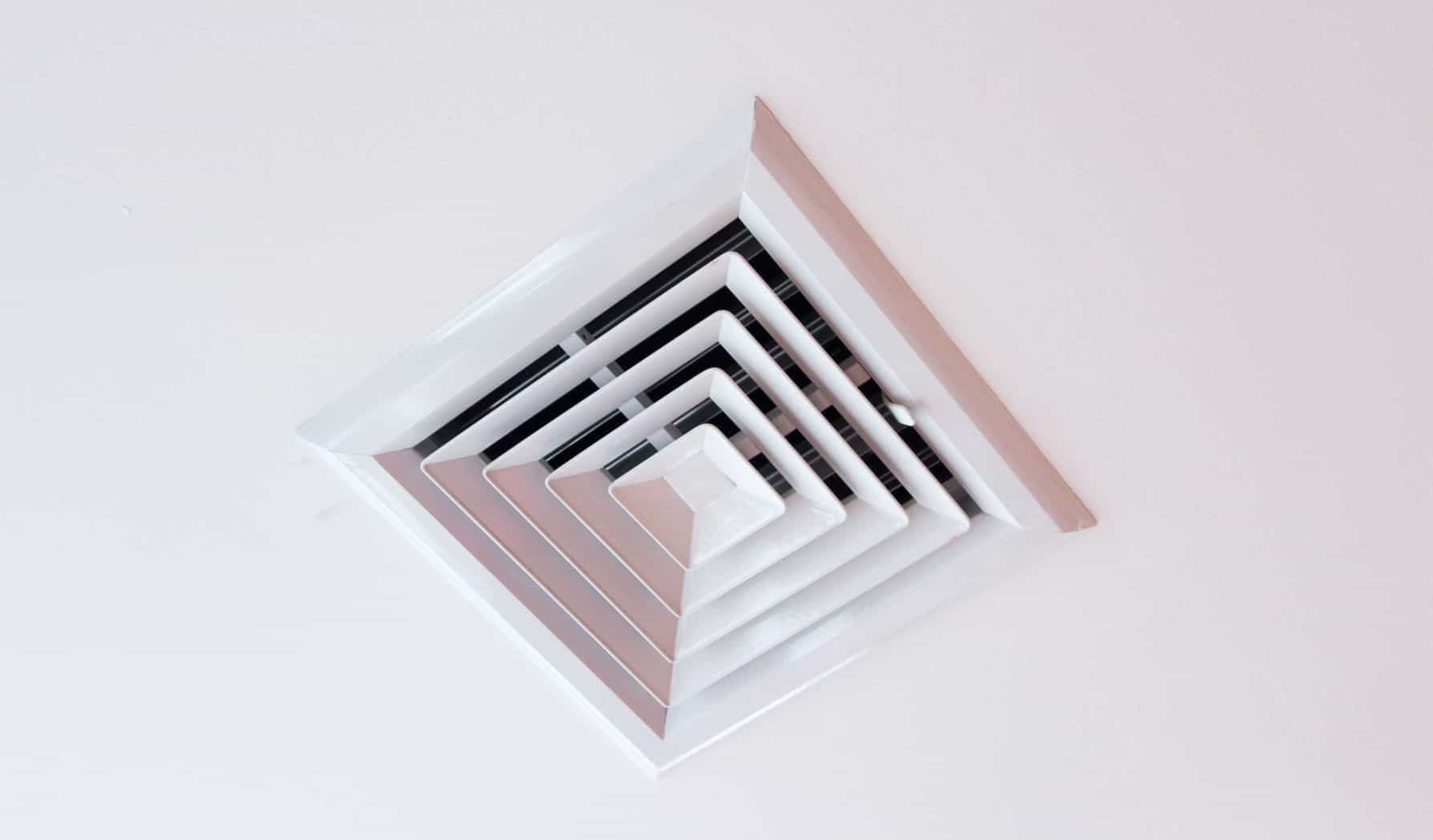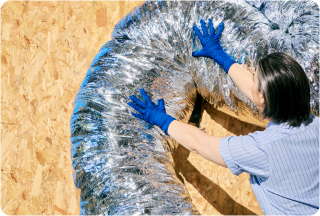A/C Troubleshooting: Why Are My Air Ducts Sweating?

Do you have sweating ductwork? If you've noticed condensation building up on your ducts every time you turn on the A/C, learn what it means and what to do.


Do you have sweating ductwork? If you've noticed condensation building up on your ducts every time you turn on the A/C, learn what it means and what to do.
Summer is the time of year when your air conditioning unit has to work the hardest to cool your home. On hot days you may notice water droplets forming on your visible air ducts and wonder whether this is normal. What you see is condensation, also known as ductwork sweating. It does not necessarily mean that your A/C system is in trouble, but it may still be something that requires your attention.
What causes duct condensation?
As the humidity level rises outdoors, condensation will gradually begin to form on the surface of your air conditioning ducts. The colder the air is inside the duct, the greater the chance of ductwork sweating. It’s a natural process, and similar to the way a chilled soda begins to sweat once you take it out of the refrigerator on a hot day.
However, ductwork sweating can also be caused — or exacerbated — by the following factors:
In come cases, duct condensation can be a sign of a duct leaking air, which reduces your A/C unit's efficiency. If you own an older home or your ductwork is not properly maintained, ductwork sweating is more likely to become an issue as both the temperature and humidity levels rise.
When should I worry about condensation on A/C ducts?
Occasional condensation on A/C ducts is not a problem, but keeping an eye on the situation is recommended. Persistent ductwork sweating may eventually lead to water damage. Excessive condensation can also create conditions favorable to mold or mildew forming in areas surrounding the duct itself. Individuals suffering from asthma and allergies may experience more severe symptoms should mold and mildew establish themselves and then spread to other parts of your home.
Thinking about coverage?
Security for your home. Protection for your budget.
What can I do about ductwork sweating?
To avoid duct condensation and duct leaking, choose flexible, fiberglass and insulated materials rather than metal. If you do have metal ducts, check to make sure they are properly wrapped with fiberglass insulation. While a good fit is needed, insulation that is wrapped too tightly will be less effective at reducing ductwork sweating.
You can also take the following steps to avoid excessive duct condensation.
How can I tell whether my A/C unit needs to be repaired?
If you are experiencing any of the following, it may be time to have an HVAC professional diagnose the cause of your ductwork sweating and fix the problem.
If your air conditioner is not performing as well as it once did, American Home Shield can help. Our network of professional contractors offers courteous assistance with several types of A/C repairs that are covered through our home warranty program.
Protect your home’s airflow with our extensive ductwork coverage.

AHS assumes no responsibility, and specifically disclaims all liability, for your use of any and all information contained herein.
Have a plan for your home when things don't go according to plan
Shop Home WarrantiesDevelopment